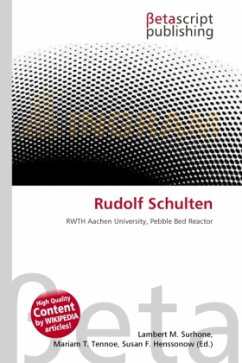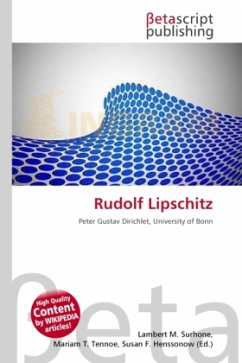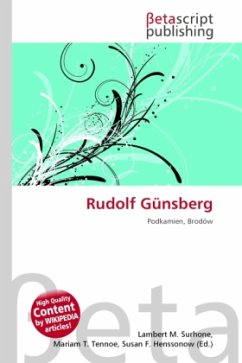High Quality Content by WIKIPEDIA articles! In the 1950's, Dr. Rudolf Schulten - professor at RWTH Aachen University - was the originator of the pebble bed reactor design, which compacts silicon carbide-coated uranium granules into hard, billiard-ball-like spheres to be used as fuel for a new high temperature, helium-cooled type of nuclear reactor. The idea took root and in due course a 46 MW_th (megawatt thermal) experimental pebble bed reactor (the Arbeitsgemeinschaft Versuchsreaktor, or AVR) was built at the Jülich Research Centre in Jülich, West Germany. It operated successfully for 21 years but was shut down because the pebble fuel testing program came to a halt. Some of the last pebble fuel tested in the AVR was for a low enriched uranium (LEU) fuel cycle anticipated for use in the HTR-MODUL design by Interatom/SIEMENS. The technology is currently being developed in South Africa, the United States, the Netherlands, and China who currently operate a demonstration reactor of this type.
Bitte wählen Sie Ihr Anliegen aus.
Rechnungen
Retourenschein anfordern
Bestellstatus
Storno








